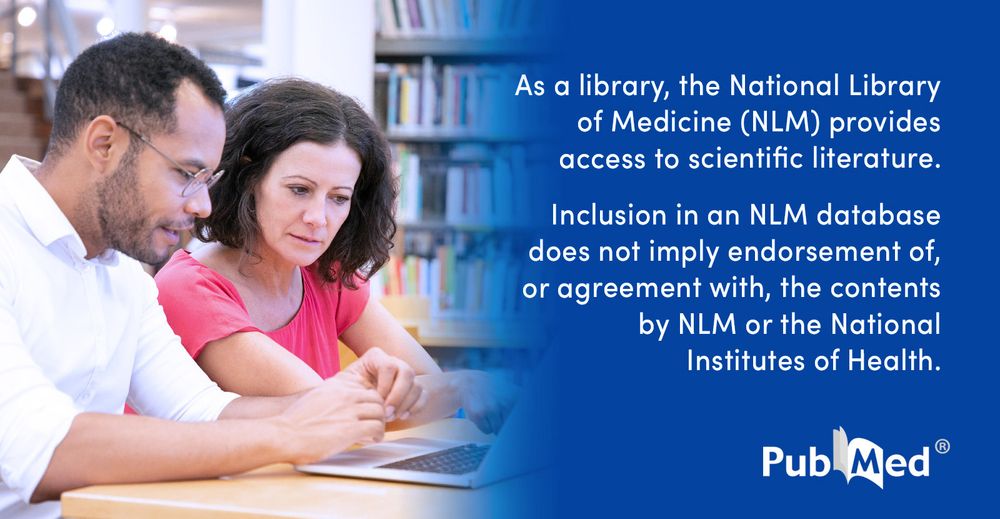statistician • associate prof • team lead health data science and head methods research program at julius center • director ai methods lab, umc utrecht, netherlands • views and opinions my own
Reposted by Maarten van Smeden

- Stop bashing AUROC, although it does not settle things
- Calibration and clinical utility are key
- Show risk distributions
- Classification statistics (e.g. F1) are improper
www.thelancet.com/journals/lan...

The use of explainable AI in healthcare evaluated using the well known Explain, Predict and Describe taxonomy by Galit Shmueli
link.springer.com/article/10.1...
/1
Reposted by Brigitte Nerlich, Carl T. Bergstrom, Mark J. Brandt , and 13 more Brigitte Nerlich, Carl T. Bergstrom, Mark J. Brandt, Maarten van Smeden, Philip N. Cohen, Elizabeth Stokoe, Pierre Bataille, Benjamin Braun, Paul Goldsmith-Pinkham, Sebastian Karcher, Zen Faulkes, Sofia Stathi, Patrick Präg, Jack Stilgoe, Florian Keusch, Samuel Coavoux
/1
Reposted by Maarten van Smeden, Veli‐Matti Karhulahti

Reposted by Ingo Rohlfing

Looking for a motivated PhD candidate to join our team. Together with Danya Muilwijk, Jeffrey Beekman and I, you will explore opportunities and limitations of AI in the context of organoids
For more info and for applying 👉
www.careersatumcutrecht.com/vacancies/sc...

Excellently led by @alcarriero.bsky.social

Explainable AI refers to an extremely popular group of approaches that aim to open "black box" AI models. But what can we see when we open the black AI box? We use Galit Shmueli's framework (to describe, predict or explain) to evaluate
arxiv.org/abs/2508.05753

pubmed.ncbi.nlm.nih.gov/37286459/
Reposted by Maarten van Smeden, Jacob Montgomery
Reposted by Maarten van Smeden
Reposted by Maarten van Smeden
Reposted by Maarten van Smeden

10/n
Reposted by Maarten van Smeden, Martyn Plummer

jamanetwork.com/journals/jam...
Reposted by Maarten van Smeden, Matt N Williams

Still no proper response from the journal (other then many "we'll look into it"). It's been a year now.


